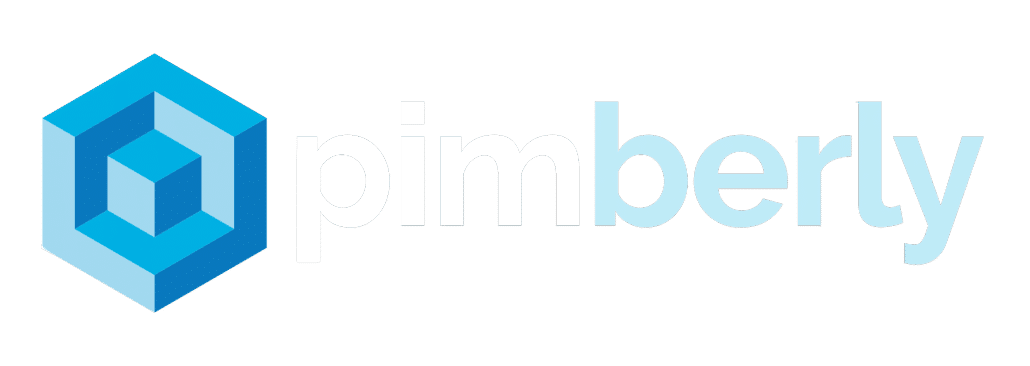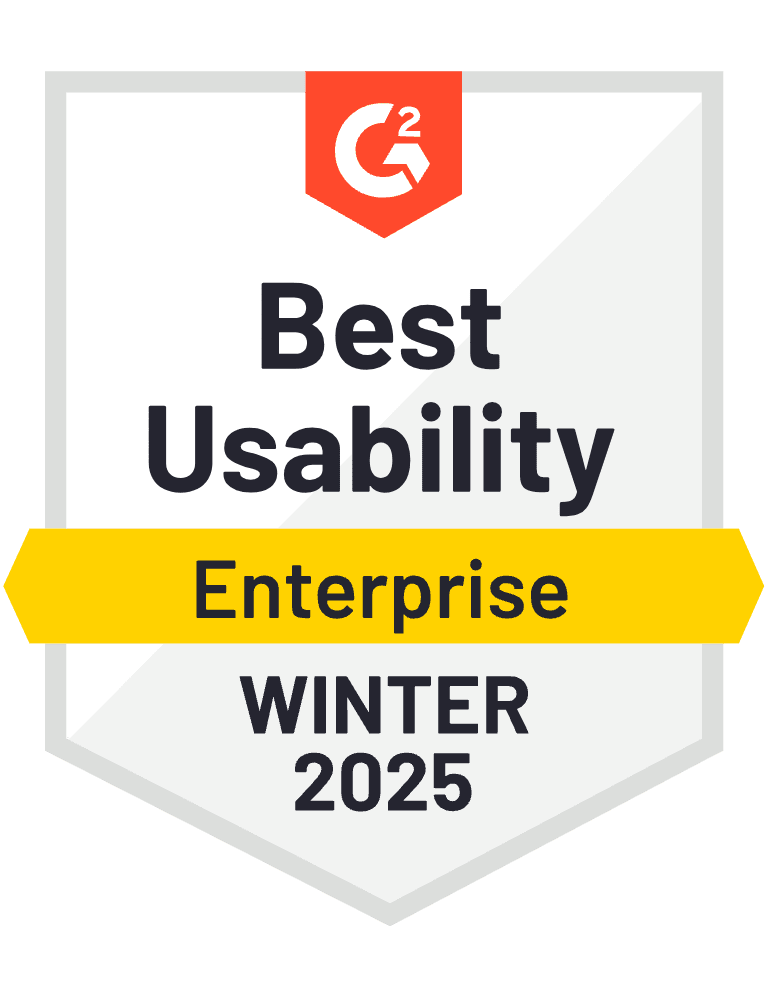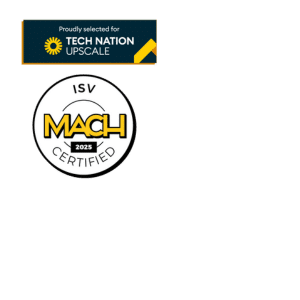What is an Enterprise Resource Planning (ERP) Platform?
Enterprise Resource Planning (ERP) is a comprehensive software system that integrates and manages core business processes across an organization. It combines various functions such as finance, human resources, manufacturing, supply chain, and customer relationship management into a single unified platform to streamline operations and improve efficiency.
In-Depth Explanation of Enterprise Resource Planning (ERP)
Enterprise Resource Planning (ERP) is a comprehensive software system that integrates and manages core business processes across an organization. It combines various functions such as finance, human resources, manufacturing, supply chain, and customer relationship management into a single, unified platform.
Why It Matters
ERP systems are crucial for businesses seeking to streamline operations and improve efficiency. They provide a centralized database that enables real-time information sharing across departments, reducing data silos and enhancing decision-making. For eCommerce companies, ERP systems can be particularly valuable in managing inventory, processing orders, and coordinating logistics.
How It Works
ERP software typically consists of multiple modules, each designed to handle specific business functions. These modules are interconnected, allowing data to flow seamlessly between different areas of the organization. Users can access the system through a centralized interface, which provides a unified view of business operations and enables better collaboration between departments.
Key Benefits
Implementing an ERP system can lead to significant improvements in productivity and cost savings. It automates many routine tasks, reduces manual data entry, and minimizes errors. ERP systems also provide better visibility into business operations, enabling managers to make more informed decisions. For eCommerce businesses, ERP can help optimize inventory management, improve order fulfillment, and enhance customer service.
Relevant Stats or Facts
According to a recent study from the US Chamber of Commerce, 95% of businesses reported improvements in their processes after implementing an ERP system.
Importance of Enterprise Resource Planning
Enterprise Resource Planning (ERP) plays a crucial role in modern business operations, particularly for companies involved in product data management and eCommerce. By integrating various departments and functions within an organization, ERP systems enable businesses to streamline their processes, improve efficiency, and make data-driven decisions.
This comprehensive approach to managing business information allows companies to gain a holistic view of their operations, from inventory and supply chain management to customer relationships and financial reporting.
For businesses in the product data management and eCommerce sectors, ERP systems are especially valuable due to their ability to handle large volumes of data and complex transactions. These systems can manage product information, track inventory levels across multiple locations, process orders, and generate real-time reports on sales and customer behavior.
This level of integration and automation helps companies respond quickly to market changes, maintain accurate product listings, and provide better customer service. Additionally, ERP systems can help businesses comply with industry regulations and standards, ensuring that product data is consistent and up-to-date across all channels.
The implementation of an ERP system can lead to significant improvements in operational efficiency and cost savings for businesses in the long run. By eliminating data silos and reducing the need for manual data entry, companies can minimize errors and free up employees to focus on more strategic tasks.
Furthermore, the centralized nature of ERP systems allows for better collaboration between departments, leading to improved decision-making and faster problem-solving. As businesses in the product data management and eCommerce sectors continue to grow and face increasing competition, having a robust ERP system in place can provide a competitive advantage by enabling them to adapt quickly to changing market conditions and customer demands.
Related Terms
Examples of Enterprise Resource Planning
Fashion/Apparel Retailer
In the fashion and apparel industry, Enterprise Resource Planning (ERP) systems are used to streamline operations from design to distribution. A retailer can manage inventory in real-time, ensuring optimal stock levels and preventing overproduction or understocking. This integrated system also facilitates seamless coordination between supply chain partners, improving order accuracy and delivery times. Furthermore, it supports an omnichannel strategy by integrating online and offline sales, providing customers with a consistent shopping experience.
HVAC Manufacturer
For an HVAC manufacturer, ERP systems are pivotal in optimizing the production process and supply chain management. The system can automate procurement of raw materials, scheduling them based on production demand to reduce waste and holding costs. Additionally, ERP provides detailed insights into equipment maintenance schedules, ensuring machines operate at peak efficiency and reducing downtime. The integration of sales and production data enables better demand forecasting, enhancing the manufacturer’s ability to meet customer expectations promptly.
Distributor of Auto Parts
A distributor of auto parts leverages ERP software to ensure the efficient handling of diverse inventory and complex logistics. With ERP, the distributor can track parts across multiple warehouses, coordinating restocking and redistributing efforts to meet varying regional demands. The system also offers enhanced order processing and customer service through an integrated CRM, allowing for quick resolution of client inquiries and better sales management. Moreover, by automating financial processes, the distributor can reduce errors in billing and improve cash flow.
Brand Owner of Homewares Products Predominantly Selling on Marketplaces & Retailers
For a brand owner of homewares products primarily selling through marketplaces like Walmart, Lowe’s, Home Depot, and Wayfair, ERP is essential in synchronizing operations across multiple channels. The system integrates with each retailer’s platform, maintaining consistent and up-to-date product information, prices, and promotional activities. It facilitates centralized order management by consolidating sales data, thus allowing for a unified view of inventory levels and sales performance.
Additionally, ERP automates compliance with each marketplace’s unique requirements, reducing administrative overhead and allowing the brand owner to focus on market expansion and customer engagement.
Synonyms
Common synonyms for Enterprise Resource Planning include:
- Business Management System
- Integrated Management Software
- Business Process Management Suite
Enterprise Resource Planning (ERP) and PIM
Enterprise Resource Planning, commonly known as ERP, is a comprehensive software system that integrates various business processes and functions within an organization. This unified approach allows companies to streamline their operations, improve efficiency, and make data-driven decisions. ERP systems typically encompass multiple aspects of a business, including finance, human resources, manufacturing, supply chain management, and customer relationship management. By centralizing data and providing real-time insights, ERP systems enable businesses to have a holistic view of their operations and make informed decisions quickly.
Product Information Management (PIM) solutions play a crucial role in enhancing the capabilities of ERP systems, particularly for companies involved in product data management and eCommerce. PIM systems are designed to manage and distribute product information across various channels and platforms. When integrated with an ERP system, PIM solutions can significantly improve the accuracy and consistency of product data throughout the organization. For example, a clothing retailer using an ERP system with a PIM component can efficiently manage product attributes such as size, color, material, and pricing across their entire inventory, ensuring that this information is consistent across all sales channels and internal departments.
The relevance of PIM solutions within ERP systems becomes even more apparent in the context of eCommerce and multichannel selling. As businesses expand their online presence and sell through various marketplaces and platforms, maintaining accurate and up-to-date product information becomes increasingly challenging. A PIM solution integrated with an ERP system can automatically sync product data across all channels, ensuring that customers receive consistent and accurate information regardless of where they shop. This integration also enables businesses to quickly adapt to market changes, launch new products, and manage seasonal variations more effectively.
For instance, a consumer electronics company can use their ERP-PIM integration to rapidly update product specifications, pricing, and availability across their website, mobile app, and partner marketplaces, ensuring a seamless shopping experience for their customers.
Frequently Asked Questions
How can ERP improve our business efficiency?
ERP systems streamline operations by integrating various business processes into one centralized platform. This integration allows for better data flow, reduced manual data entry, and improved communication between departments. As a result, businesses can make faster, more informed decisions, eliminate redundant tasks, and optimize resource allocation. For product data management and eCommerce companies, this means better inventory control, more accurate order fulfillment, and improved customer service.
What are the main challenges of implementing an ERP system?
Implementing an ERP system can be complex and time consuming. Common challenges include resistance to change from employees, high initial costs, and the need for extensive training. Data migration from legacy systems can also be difficult, especially for companies with large amounts of historical data. Additionally, customizing the ERP system to fit specific business needs may require significant time and resources. However, careful planning, strong leadership support, and clear communication can help overcome these challenges.
How long does it typically take to implement an ERP system?
The implementation timeline for an ERP system varies depending on the size of the organization, the complexity of business processes, and the extent of customization required. For small to medium sized businesses, implementation can take anywhere from 3 to 6 months. Larger enterprises or those with more complex needs may require 1 to 2 years for full implementation. It’s important to note that ERP implementation is an ongoing process, with continuous improvements and updates even after the initial go live.







